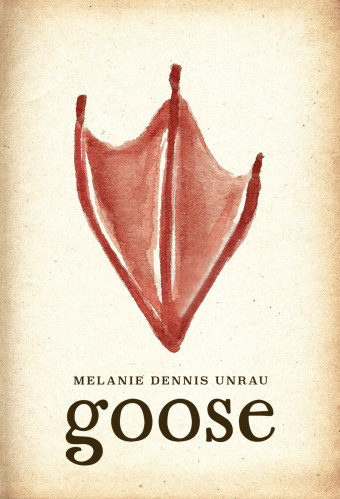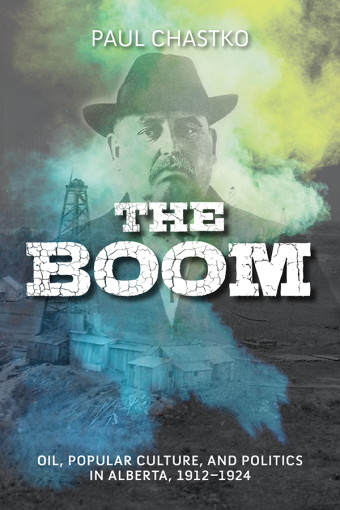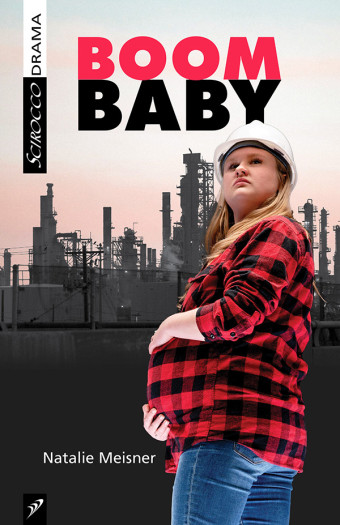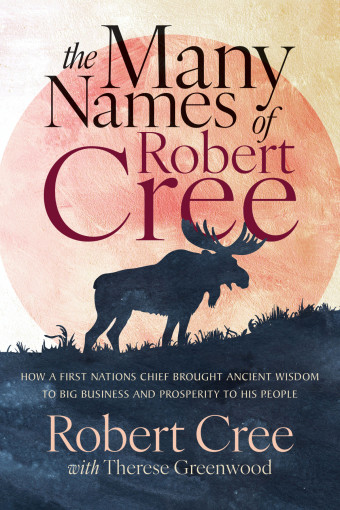If you’re used to looking at Canadian history one way, a new graphic novel anthology will help you see it from new perspectives – Indigenous ones.
“It was birthed out of theCanada 150 celebrations that were happening,” anthology contributor Niigaan James Sinclair, who has also worked as an acquisitions editor at HighWater Press, says. “And many Indigenous people were asking questions such as ‘What are we so proud about?’ because it had been 150 years of violence and oppression and so on. Canada 150 for an Indigenous person was a pretty complicated time.
“The question HighWater Press asked was: ‘What might Canada look like from Indigenous eyes over the past 150 years?’”

- This Place
- Kateri Akiwenzi-Damm, Tara Audibert, Kyle Charles, GMB Chomichuk, Natasha Donovan, Scott B. Henderson, Andrew Lodwick, Scott A. Ford, Donovan Yaciuk, Chelsea Vowel, Katherena Vermette, Sonny Assu (Illustrator), Brandon Mitchell (Illustrator), Rachel Qitsualik-Tinsley (Illustrator), Sean Qitsualik-Tinsley (Illustrator), David A. Robertson (Illustrator), Niigaanwewidam James Sinclair (Illustrator), Jen Storm (Illustrator), Richard Van Camp (Illustrator), Ryan Howe (Illustrator)
- Portage & Main Press
- $36.00 Paperback, 296 pages
- ISBN: 978-15-53797-58-6
This Place: 150 Years Retold compiles often-overlooked stories from different periods since Canada’s Confederation. The contributors are a who’s who of Indigenous and non-Indigenous writers and artists, including Richard Van Camp, Katherena Vermette, Chelsea Vowel, David A. Robertson, GMB Chomichuk, and Scott B. Henderson, among many others.
Each story takes place in a given 15-year period, weaving a thread of previously unrecognized history. Vowel’s piece looks 300 years ahead to a future of hope and healing. Katherena Vermette tells the story of Annie Bannatyne, a Métis woman so outraged by Toronto writer Charles Mair’s mischaracterization of the Red River settlement and the Métis in 1869 that she horsewhipped him.
Jen Storm dramatizes, from a woman’s perspective, the case of Jack Fiddler, a community leader who killed wendigos in a time of famine in northwestern Ontario, and who was
charged as a serial killer.
David A. Robertson tells the story of Francis Pegahmagabow, an Anishinaabe First World War sniper and later Supreme Chief of the National Indian Government.
Sinclair writes about the summer of 1990, one he describes as a seminal moment in Indigenous and Canadian history. His story, “Warrior Nation,” illustrated by Andrew Lodwick, starts with Manitoba MLA Elijah Harper’s refusal to vote to ratify the Meech Lake Accord, continues with the standoff between Mohawk warriors and Canadian military and RCMP in Oka, Quebec, and carries forward to the Kelowna Accord in 2005.

“I wanted to tell a love story about complicated, divisive events, because that’s what it’s like to be Indigenous: constant contradiction and complicatedness,” he says.
The story follows a young teen, Washashk, who learns about the struggle for Indigenous rights in Canada and is sparked into a life of activism. Sinclair says there are definite parallels between his life and his character’s.
“1990 woke me up to the realization that I was living in a legacy of incredible violence and division. And I’ve never turned back. I’ve never turned away from that. It was a very eye-opening time – a time, for me, of incredible anger but also of incredible beauty.”
Sinclair shows how the struggles of the past continue today.
“Probably the most mind-blowing thing for me is there are young people who don’t know who Elijah Harper was,” he says. “But without Elijah Harper you wouldn’t have Idle No More. Without Oka, you would never have the Trans Mountain pipeline activism.”













